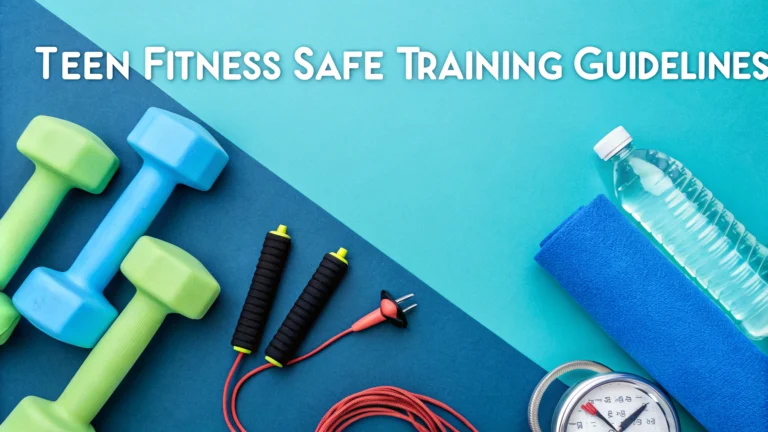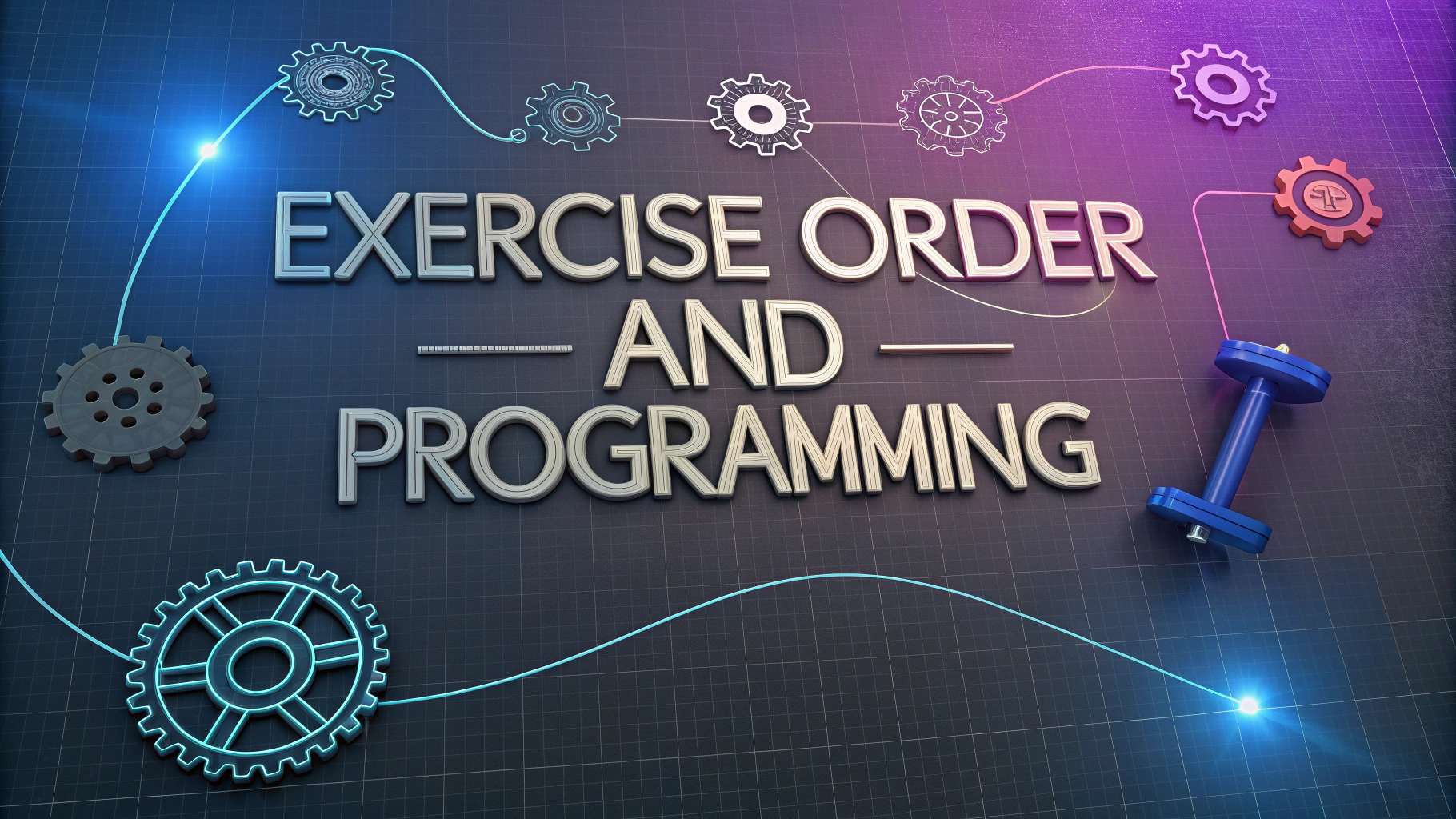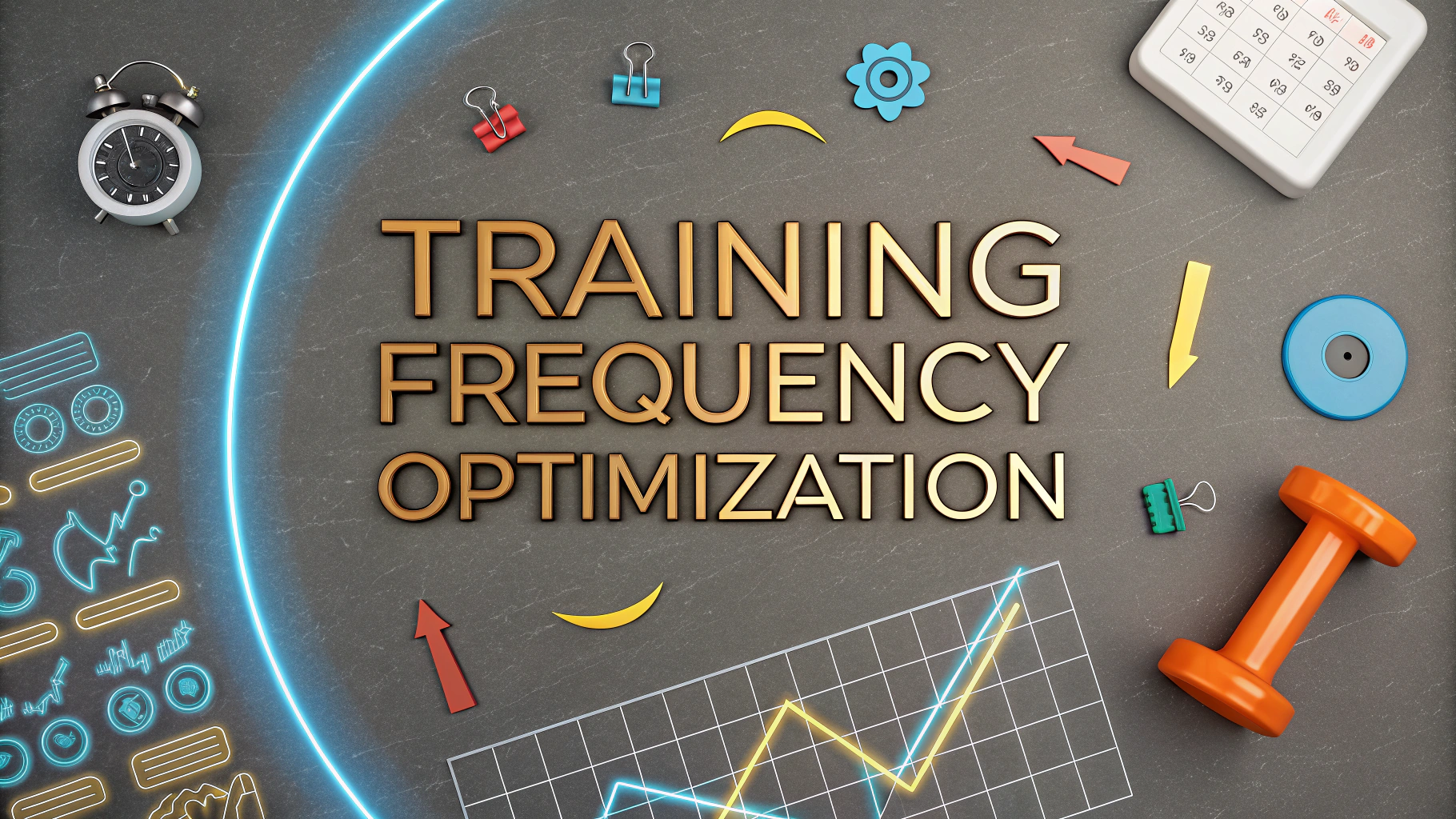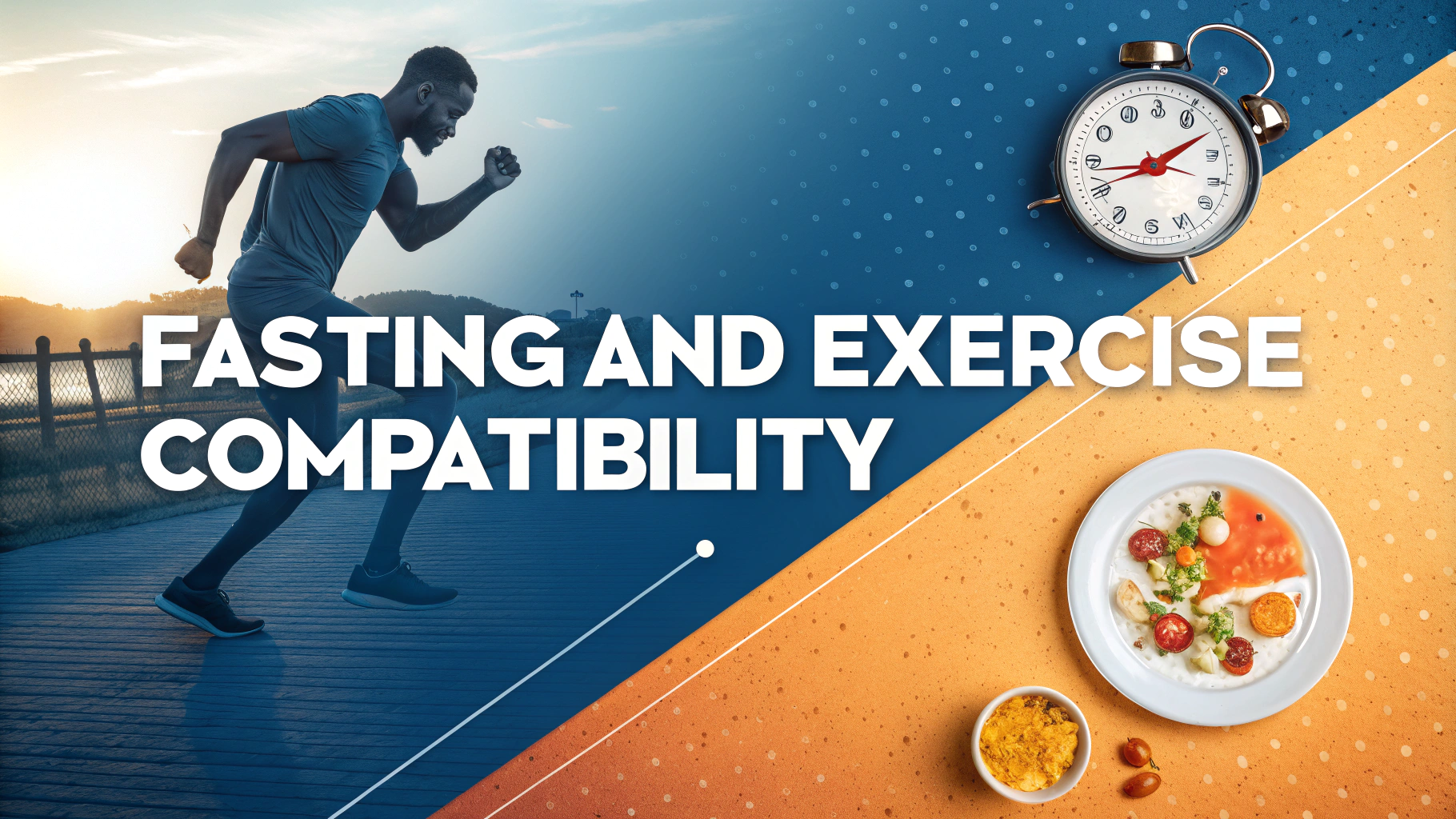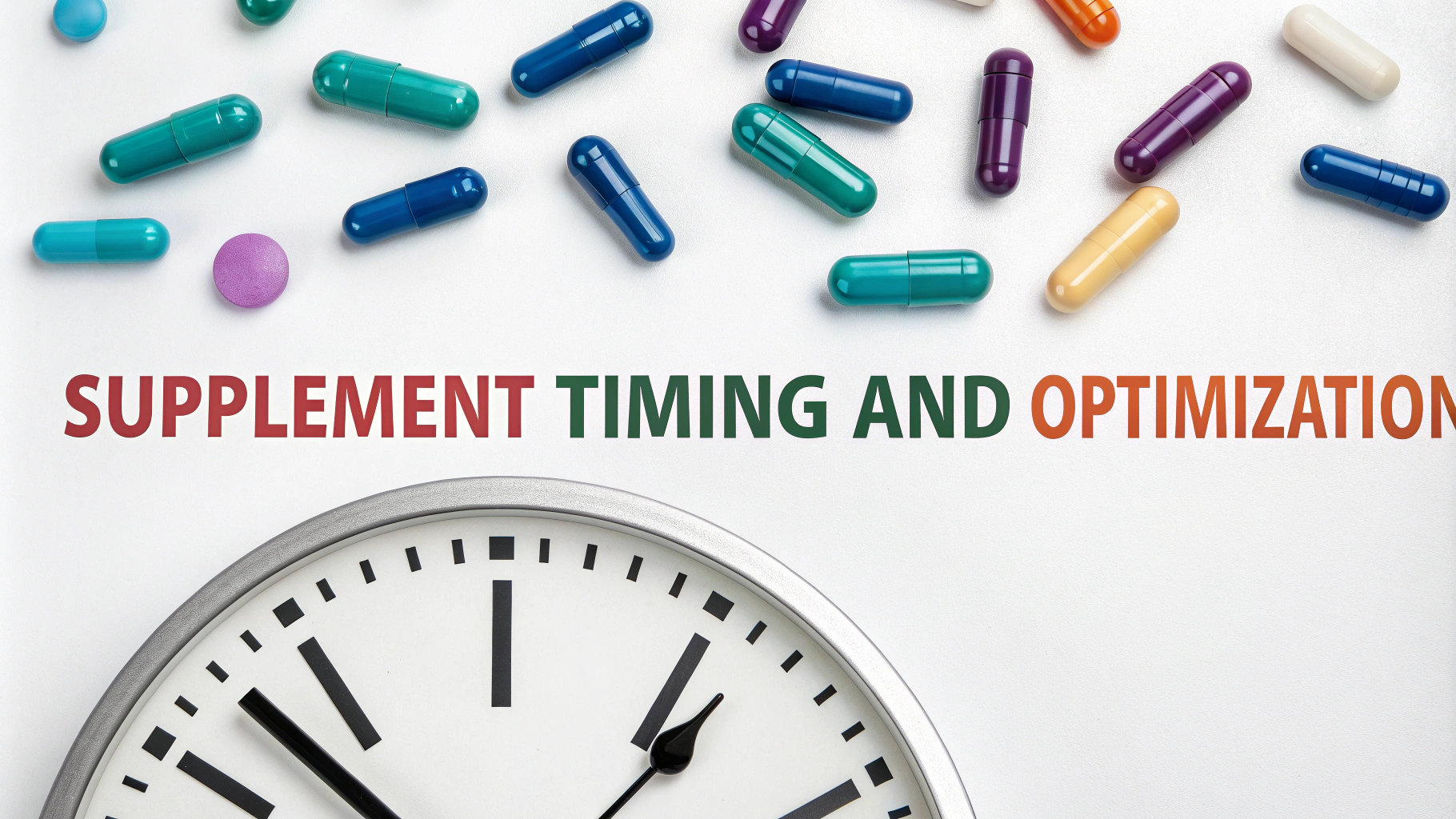Training safely during teenage years sets the foundation for lifelong fitness and health.
The American Academy of Pediatrics recommends teenagers get at least 60 minutes of physical activity daily.
Safety Guidelines for Teen Workouts
- Start with proper form before adding weight
- Use appropriate weight loads – master bodyweight exercises first
- Rest 48 hours between strength training sessions
- Stay hydrated before, during, and after exercise
- Warm up for 5-10 minutes before working out
- Cool down with light stretching
Recommended Activities by Age
| Age | Suitable Activities |
|---|---|
| 13-14 | Bodyweight exercises, swimming, team sports |
| 15-16 | Light weights, resistance bands, organized sports |
| 17-19 | Progressive weight training, specialized sports training |
Warning Signs to Stop Exercise
- Sharp or sudden pain
- Dizziness or lightheadedness
- Difficulty breathing
- Chest pain
Always get medical clearance before starting a new exercise program.
Nutrition Tips for Teen Athletes
- Eat breakfast daily
- Include protein with every meal
- Choose whole grains over processed foods
- Stay hydrated with water (8-10 glasses daily)
For personalized advice, consult a certified youth fitness trainer (find one through the National Strength and Conditioning Association: www.nsca.com).
Sample Beginner Workout Plan
- Push-ups: 3 sets of 8-12 reps
- Bodyweight squats: 3 sets of 15 reps
- Plank holds: 3 sets of 30 seconds
- Walking lunges: 2 sets of 10 per leg
- Rest 60 seconds between sets
Track progress using a fitness app or journal to maintain motivation and monitor improvements.
Recovery Guidelines
- Sleep 8-10 hours nightly
- Take rest days between workouts
- Stretch major muscle groups daily
- Listen to your body’s signals
Contact emergency services (911 in US) immediately if experiencing severe pain or breathing difficulties during exercise.
Training Progression
- Increase difficulty gradually over weeks, not days
- Add weight only when perfect form is achieved
- Progress by 5-10% increments in weight or reps
- Document changes in a training log
Social Support and Motivation
- Train with friends or join group classes
- Set realistic, achievable goals
- Celebrate small victories
- Share progress with family members
Goal Setting Examples
- Complete first 5K run
- Perfect form on 20 consecutive push-ups
- Join school sports team
- Maintain consistent workout schedule for 30 days
Long-term Success Strategies
- Vary workouts to prevent boredom
- Find activities you genuinely enjoy
- Build sustainable habits gradually
- Focus on overall health, not just appearance
Conclusion
Safe and effective teen fitness requires proper guidance, consistent effort, and patience. Focus on building fundamental movement patterns and strength before advancing to more complex training. Remember that fitness is a lifelong journey, not a race. Always prioritize proper form and safety over rapid progress.
Regular exercise during teenage years builds healthy habits, improves confidence, and supports both physical and mental development. Stay consistent with your training, maintain proper nutrition, and don’t hesitate to seek professional guidance when needed.
FAQs
- At what age is it safe for teens to start strength training?
Teens can safely begin strength training as early as 12-13 years old, provided they have proper supervision and instruction. The focus should be on proper form and technique rather than heavy weights. - How often should teenagers exercise per week?
Teenagers should aim for at least 60 minutes of physical activity daily, with 3-4 days of strength training and 3-5 days of moderate to vigorous cardiovascular exercise. - What are the signs of overtraining in teenage athletes?
Signs include persistent muscle soreness, decreased performance, fatigue, mood changes, difficulty sleeping, frequent illnesses, and loss of motivation. If these occur, reduce training intensity and consult a healthcare provider. - Should teenagers take protein supplements?
Most teenagers can meet their protein needs through a balanced diet. Supplements are generally unnecessary unless recommended by a healthcare provider for specific nutritional deficiencies or athletic needs. - What exercises should teenagers avoid?
Teens should avoid maximum lifts, power lifting without proper training, unsupervised heavy weight training, and exercises with poor form. They should also be cautious with overhead pressing movements until physical maturity. - How much rest is needed between workouts for teenage athletes?
Teenagers should allow 48 hours of rest between strength training sessions for the same muscle groups. Sleep requirements are 8-10 hours per night for optimal recovery and growth. - What should teenagers eat before and after workouts?
Pre-workout meals should include complex carbohydrates and protein 2-3 hours before exercise. Post-workout, consume protein and carbohydrates within 30 minutes for optimal recovery. - Can weight training stunt a teenager’s growth?
Proper weight training does not stunt growth. This is a myth. However, poor technique or excessive training can potentially damage growth plates, highlighting the importance of proper form and supervision. - How can teenagers prevent sports injuries?
Injury prevention includes proper warm-up, correct form, appropriate progression of intensity, adequate rest, proper nutrition, and avoiding specializing in one sport too early. - What are the recommended hydration guidelines for teenage athletes?
Teens should drink 16-20 ounces of water 2-3 hours before exercise, 8-10 ounces every 10-20 minutes during exercise, and 24 ounces for every pound of body weight lost after exercise.
